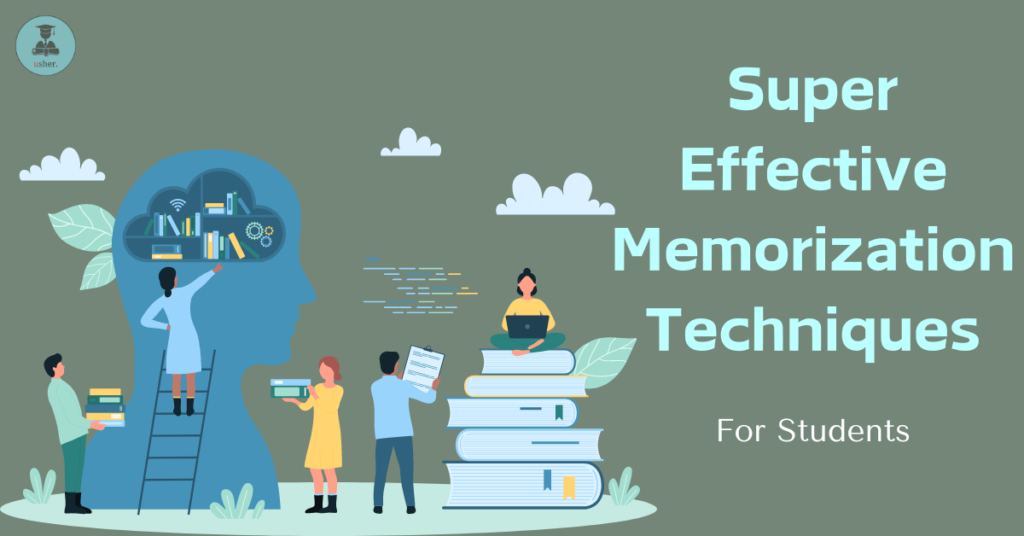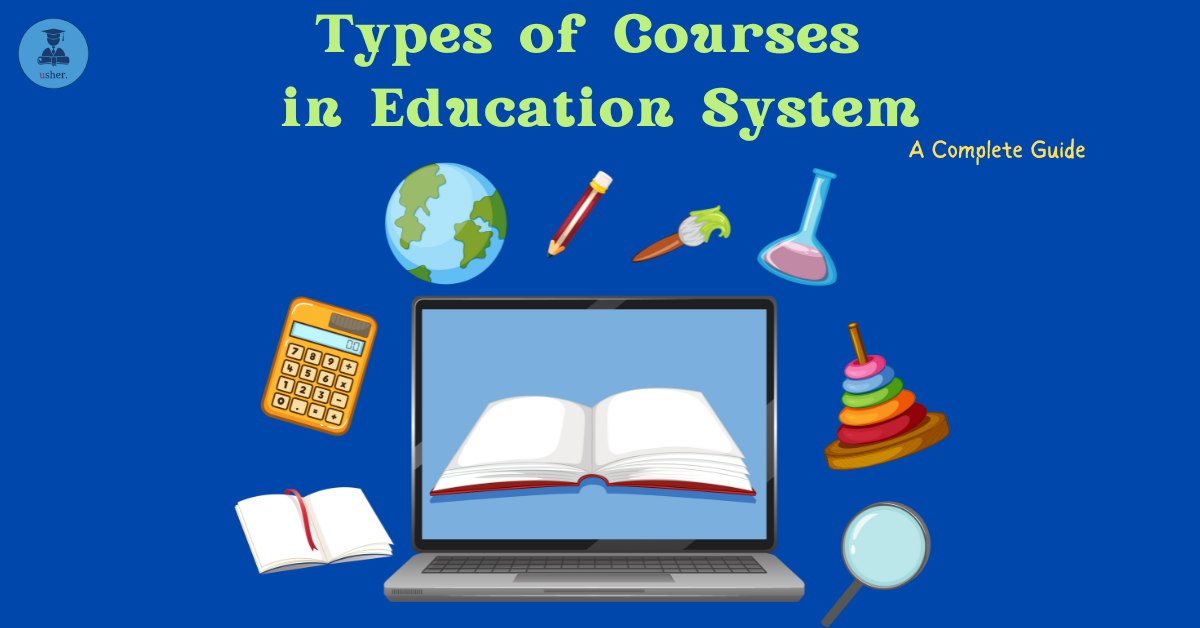Students often face difficulties in memorizing information during important events. Even as adults, we become forgetful. This happens due to several reasons, for example, in situations like standing on stage and addressing the audience, or while facing interviews for the first time. Due to nervousness or exhaustion, it is quite possible to forget what you are about to say.
In this article, we will cover a variety of memorization techniques that will help students and teachers alike.
Also, you will learn about various situations where there are chances of forgetting vital points and losing an opportunity.
Memorization Techniques for Studying

Students can use the following techniques to retain information in their minds for a very long time. These techniques can help you to excel in your studies and provide a concrete understanding of the subjects. So, let’s have a look at the memorization techniques for studying.
Memory Palaces (Method of Loci)
The method of loci is a technique for learning new information quickly. You have to visualize yourself in a location, say, in your room. Now place all the information pieces everywhere, and visualize picking the data bits by walking through the room.
You can understand this concept in detail if you imagine that you have left an information card near the wall clock in your room. The card contains a historical war event date. And left another card near a miniature horse statue on the table. This card contains information related to a historical war event.
Such methods are extremely helpful when you are delivering a speech in school. The method of Loci helps to retain different points of a concept or a sequence of events. For example, while writing an answer in your test paper, say, in your History exam, you can remember the event’s date, place, and other details with this technique.
You can use acronyms, rhythms, or music to retain the information in your mind.
Acronyms

A famous historical event mnemonic could be the acronym “M.A.I.N.” to remember World War events. The acronym MAIN talks about four important causes that led to the world war, i.e., Military, Alliance system, Imperialism, and Nationalism.
One more example could be to create a word where each letter represents the first letter of a list or concept you need to remember. For example, “SBRCJ” to remember the names of Punjab State’s 5 rivers (Sutlej, Beas, Ravi, Chenab, Jhelum). ” Acronyms are the best way to learn especially when you are solving objective type questions or appearing for a viva to instantly recall.
Chunking
The chunking method means breaking down enormous volumes of information into smaller, and more comprehensible parts. This enhances information processing and memory.
For instance, group the numbers into smaller sets rather than attempting to recall a whole string of them. There are chances that you may forget large volumes of information, so if you note them down in smaller groups in a question-answer format, then it will be easier to remember.
Suppose – there is this number – 7864027164927629. Now to remember it you can group it into 3 or 4 digits. Like 7864-0271-6492-7629. You can use this technique to recall your school or college enrolment number.
In this way, you can chunk the information into smaller parts and remember the answers with better clarity.
Visualization

You can create vivid mental images related to the material you’re studying. The more unusual or absurd the imagery, the better it tends to stick in your memory. For example – imagine a picture of a farmer working in a field to memorize crucial details about farmers’ laws in the country(in case you want to speak about it in your class).
Visualize an image of a man doing ice skating to remember geographical details about the Himalayas.
Imagining images that are relevant to information can save you during your exams, public speeches, and during class discussions. You can quickly recall the vital points if you have relevant images in your mind.
Imagine yourself taking a journey and associating each point along the journey with a piece of information you want to remember.
For example, you are studying the Indian state where apples grow, like, it grows in Kashmir. Now Kashmir has a famous tourist spot called Dal Lake. So, when you must remember the Indian state where apples grow the most, you can connect it with the Dal Lake and think about Kashmir.
Imagining a journey or connecting two different places or things can help you to remember.
Rhymes and Songs
Transforming information into rhymes or songs can make it easier to remember. Many people find it easier to recall lyrics or rhymes compared to dry facts.
Flashcards with Spaced Repetition
If you need to remember definitions, facts, or brief passages of material for an exam, flashcards are an excellent study aid. Using cards of this type encourages active learning and improves recall capacity (i.e. the method you use to retrieve memories and information). Spaced repetition is a method of reviewing information at regular intervals. At the onset of the learning process, the intervals are tightly separated (one hour, three hours, one day, etc.). As the information is reviewed, the intervals gradually increase.
Teaching or Explaining to Others
Teaching someone else the topic you’re attempting to understand requires you to organize your ideas and express the knowledge clearly. This method improves your knowledge and memory of the subject. You can teach a lesson to your classmate that you have just read. Explanations and discussions can help you and your classmates to clear doubts and have a deeper understanding of the concept.
Mind Mapping

Create visual diagrams or maps that connect different concepts or ideas. This method helps you see the relationships between pieces of information, making it easier to recall them later.
For example, you need to memorize information related to a certain event. So you can either draw or visualize all the names of people, crucial dates, and locations related to that certain event. It is recommended that you draw a diagram and use arrows and connecting symbols between the people or places’ names. This will help you to memorize quickly.
Kinesthetic Learning
Engage your body in the learning process by acting out scenarios or using gestures to represent concepts. This approach can help reinforce memory through physical movement.
Experiment with these techniques to find what works best for you, as individual learning styles vary. This method is very useful when you are giving a speech in your school.
Storytelling
Create a story that incorporates the information you’re trying to memorize. Make the story engaging and memorable to help reinforce memory.
For example, you want to memorize information related to a new medicine that cures diseases like tumors. So, you can create a story around the disease, say, a man who was the only breadwinner of his family had life-threatening tumors and because this certain medicine was not available at that time, he died without proper treatment.
Students, you can create such brief story outlines about different events and concepts to memorize information.
You can modify these memory techniques to suit different learning preferences and styles. Try out a variety of approaches to see which ones suit you the best.
Chaining Technique
The chaining technique, also known as the Link Method, is a mnemonic strategy used to memorize lists of items by creating associations between them. It involves mentally linking each item in the list to the next item, forming a chain of associations. Here’s how your students can use the chaining technique:
Link items together – Once you have created an image for the first item, link it to the next item on the list by creating another vivid mental image that connects the two. This could involve imagining the two items interacting in some way, or placing them in the same scene.
Continue linking – Repeat this process for each subsequent item on the list, linking each new item to the one before it. As you go along, try to make the connections between items as vivid and memorable as possible.
Review and reinforce – Once you have created your chain of associations, mentally review the entire list, going through each item and recalling the connections between them. You can also reinforce your memory by periodically reviewing the list over time.
The key to the chaining technique is to make the associations between items as vivid and memorable as possible, as this will make it easier to recall them later. With practice, you can use this technique to memorize lists of items quickly and efficiently.
Different people may find different techniques more effective, so it’s worth experimenting to see which method works best for you. Additionally, practice and repetition are key to mastering any memorization technique.
Best ways to memorize vocabulary for students

Here are some of the best techniques for students to memorize vocabulary effectively:
Contextual Learning
Contextual learning frequently includes giving students actual assignments, issues, or projects that reflect real-world obstacles or situations. This helps students to apply their expertise and skills in contextually relevant settings, which improves their understanding and recall of the topic.
Word Maps or Semantic Maps
Create visual representations of words and their relationships to other words through diagrams or mind maps. This technique helps in understanding word connections and meanings.
Word Associations
Associate new words with words or images that are already familiar to you. This can be done through mnemonic devices, creating mental pictures, or linking the word to a personal experience.
Word Families
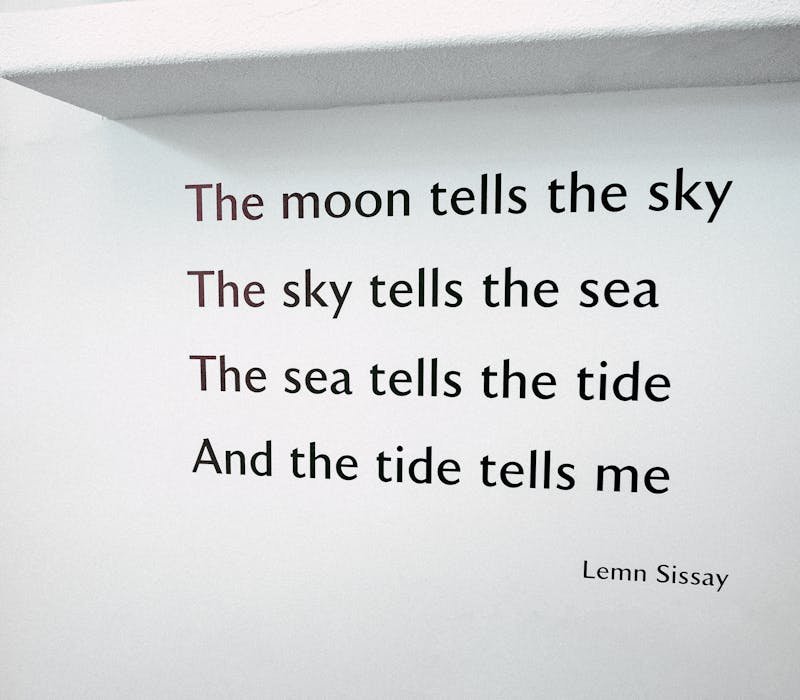
Learn related words together, such as synonyms, antonyms, prefixes, and suffixes. Understanding word families can help in grasping the meanings and usage patterns of words more effectively.
Use the Word in Context
Practice using new words in sentences or conversations. Writing sentences or stories using the new vocabulary helps reinforce their meaning and usage.
Interactive Games and Apps
Utilize vocabulary-building games and apps that make learning fun and engaging. Some popular options include Quizlet, Anki, and Memrise.
Word Challenges
Establish goals for yourself, such as acquiring a specific amount of new vocabulary each day or each week. Monitoring your growth can inspire and reassure you to do better at your work.
Through the integration of these strategies into your vocabulary acquisition schedule, you can improve your capacity to learn and remember a new language efficiently. Try out several strategies to see which ones work best for you.
The Science of Memory: Exploring how memory works and the different types of memory
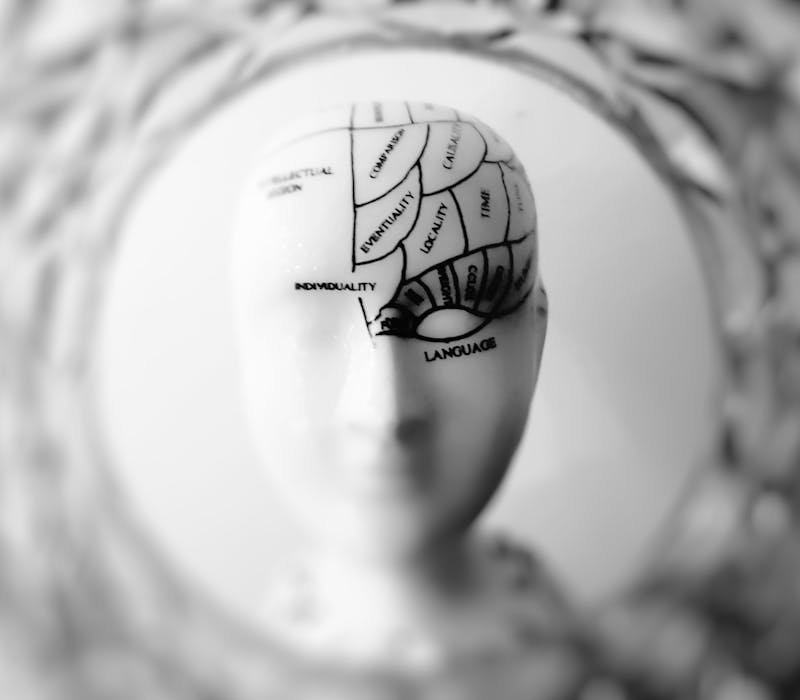
The study of memory, also referred to as cognitive psychology, focuses on the various forms of memory as well as how they function. Information is encoded, stored, and retrieved in the brain through a process known as memory. A brief description of the key components of memory is provided below:
Encoding the memory
The process of transforming sensory information into a format that can be kept in memory is called encoding. To do this, information must be converted into a neural code that the brain can understand and store. There are various forms of encoding, including tactile (touch-based), semantic (meaning-based), visual, and aural.
Storage of information
The preservation of encoded data across time is referred to as storage. Three primary steps are commonly thought to occur in memory storage:
Sensory Memory
Sensory memory is the brief retention of sensory information (e.g., visual or auditory) immediately after it is perceived. It holds a large amount of information for a very short duration (milliseconds to a few seconds) before either being transferred to short-term memory or fading away.
Short-Term Memory (STM)
Short-term memory, also known as working memory, holds a limited amount of information for a short period (typically up to 20-30 seconds) unless it is actively rehearsed or encoded further. STM capacity is estimated to be around 7 ± 2 items, according to the famous research of George A. Miller.
Long-Term Memory (LTM)
Long-term memory is the relatively permanent storage of information, potentially lasting a lifetime. It has a theoretically unlimited capacity and includes both explicit (declarative) memory (such as facts and events) and implicit (non-declarative) memory (such as skills and habits).
Retrieval of information
Retrieval is the process of accessing and bringing into consciousness stored information when it is needed. This can occur through recall (retrieving information without any cues) or recognition (identifying information when presented with cues). Retrieval cues can be external (e.g., context or environmental cues) or internal (e.g., mood or emotions).
Several models and theories seek to explain how memory works, including the multi-store model, levels of processing theory, and working memory model. Additionally, researchers distinguish between different types of memory, such as episodic memory (personal experiences), semantic memory (general knowledge), procedural memory (skills and habits), and more.
Understanding the science of memory can help individuals improve their memory skills, optimize learning strategies, and better understand memory-related phenomena and disorders.
What are the situations where students tend to forget important things?

Students often forget information or concepts in various situations, including:
Lack of relevance
When students fail to see the relevance of the material to their own lives or future goals, they may quickly forget the information. You must study and relate it to something useful in your daily life. Also, you can bring those topics into your discussions so that you don’t forget about the concept or event so easily.
Overloading
Trying to learn too much information at once can overwhelm students, leading to poor retention. This often occurs during cramming sessions or when teachers cover too much material in a short period. Students, you must break down the topics into smaller parts and focus on them one at a time for better understanding.
Passive learning
Passive learning methods, such as listening to lectures without active engagement or interaction, often result in poor retention. Students may forget information that they have not actively processed or applied. You can use several active learning methods in the class to increase your knowledge about the subject.
Lack of repetition
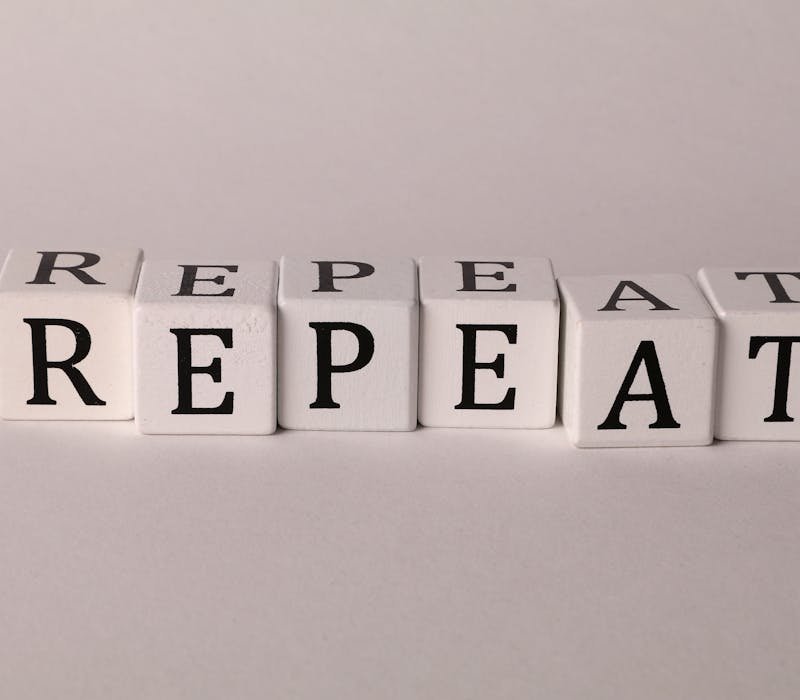
Without regular review and reinforcement, memories can fade over time. If students do not revisit the material periodically, they are more likely to forget it. Make notes on your basic understanding of the subject. You can make notes effectively with different methods.
Distractions
External distractions, such as noise, interruptions, or multitasking, can interfere with the encoding and retrieval of information, leading to forgetfulness. When you are studying, make sure to sit in a room where there is no disturbance or there are chances that you will get distracted.
Stress and anxiety
High levels of stress or anxiety can impair memory formation and retrieval, making it difficult for students to remember information, even if they have previously learned it. Understand the cause of your stress and anxiety. What is bothering you? You must deal with the issue and then once you are relieved from your stress, it will become easier for you to concentrate on your studies. Take the help of your parents, teachers, or a counselor to handle your stress and anxiety.
Lack of sleep
Inadequate sleep can negatively impact memory consolidation, making it harder for students to retain information learned during the day. Students, you must take some time off to relax and put aside your phone to spend some time alone and take proper rest. It will improve your concentration.
Poor study habits

Inefficient or ineffective study habits, such as passive reading or highlighting without active engagement, may lead to shallow encoding of information and subsequent forgetting. Just listening to lectures will not help you. Try to engage in activities like group discussions, making projects or teaching another classmate for deeper knowledge about the subject.
Misunderstanding
If students do not fully understand the material or have misconceptions about it, they are more likely to forget it over time.
Lack of retrieval cues
Without appropriate retrieval cues or prompts, students may struggle to recall information when needed, leading to forgetfulness even if the information was previously learned.
By addressing these common situations and implementing strategies to enhance learning and memory, such as active learning, spaced repetition, and providing meaningful context, educators can help students improve their retention and recall of information.
What did we learn?

Memorizing techniques help students memorize important information and use it in class discussions, school speeches, and debates. There are several memorizing techniques that students can use in this regard, like using acronyms, the method of loci, the chunking method, the visualization method, flashcards, and spaced repetition technique, mind mapping, kinesthetic learning, storytelling, and lastly, the chaining method. These are the methods that can help students quickly recall information during crucial hours. In this blog, we have also learned about the science behind memory and different types of memories. It will help students to understand how our mind works. Vocabulary is an important aspect of learning any language. So, some of the best methods discussed in the blog can help you quickly learn the vocabulary. Contextual learning, Word Maps, Word Associations, and Word families are a few such methods. Lastly, in the blog, we have raised an important issue as to why students forget so easily. Some of the crucial reasons are lack of relevance in learning and memorizing, overloading of information, passive learning, distractions, lack of repetition, sleep and poor study habits play an important role as to why students forget.
So, students, read on to learn more about memorization techniques and excel in your studies.

